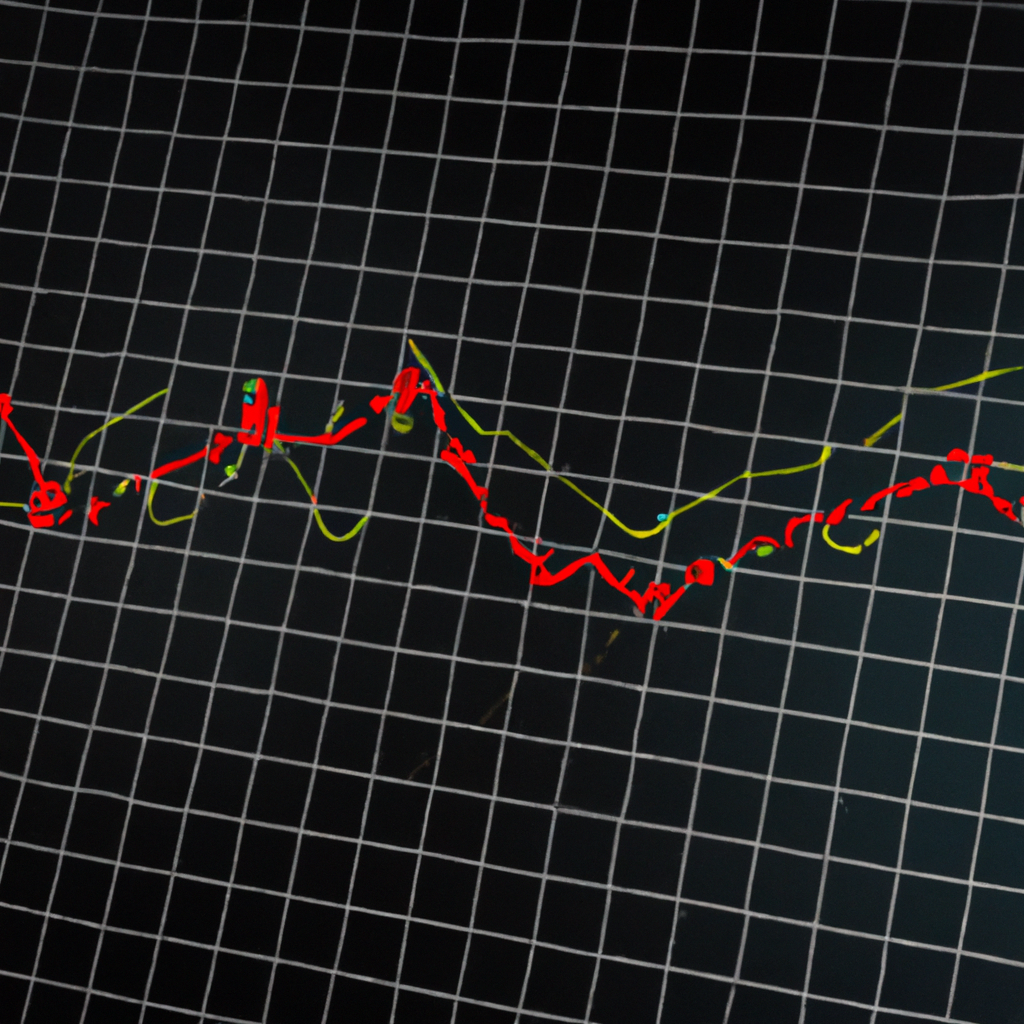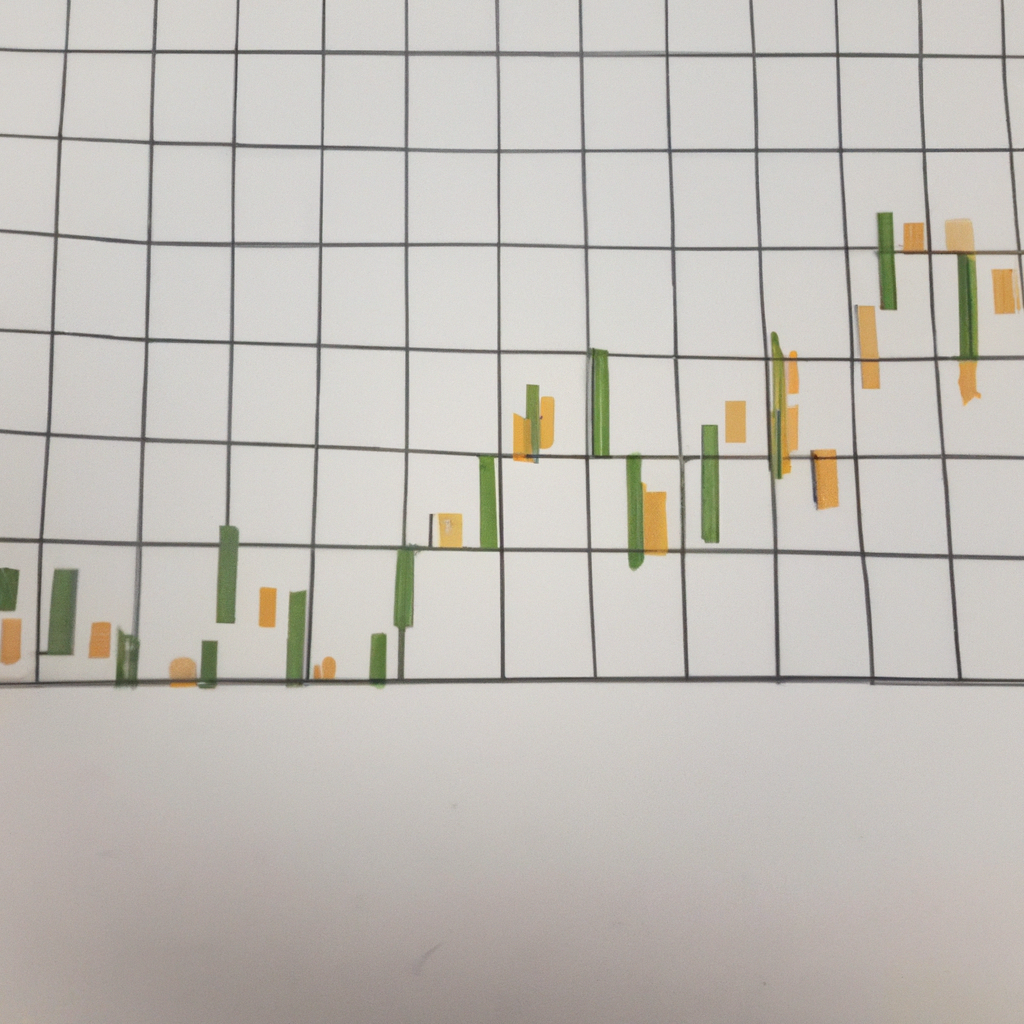Trading with Linear Regression: An Effective Strategy
Introduction
Linear regression is a statistical analysis technique that is widely used in various fields, including finance and trading. It involves fitting a straight line to a set of data points, allowing traders to identify trends, predict future price movements, and make informed trading decisions. In this article, we will explore how linear regression can be applied to trading and discuss its benefits and limitations.
Understanding Linear Regression
Linear regression is based on the concept of a linear relationship between two variables: the dependent variable (in this case, the price of a financial instrument) and the independent variable (such as time or another relevant factor). By fitting a line to historical price data, traders can estimate the future direction and potential levels of support and resistance.
The Benefits of Trading with Linear Regression
Utilizing linear regression in trading offers several advantages:
- Trend Identification: Linear regression helps traders identify the overall trend of a financial instrument. By plotting the line of best fit, it becomes easier to determine whether the market is bullish, bearish, or ranging.
- Support and Resistance Levels: The linear regression line can act as a dynamic support or resistance level. Traders can use these levels to determine entry and exit points, as well as to set stop-loss and take-profit orders.
- Price Forecasts: Linear regression allows traders to make predictions about future price movements. By extending the line of best fit, potential price targets can be identified, providing valuable guidance for trading decisions.
Implementing Linear Regression in Trading
Here are the steps to effectively apply linear regression in your trading strategy:
Step 1: Gather Historical Price Data
Start by collecting a sufficient amount of historical price data for the financial instrument you wish to analyze. The more data points you have, the more accurate your linear regression analysis will be.
Step 2: Calculate the Line of Best Fit
Using statistical software or trading platforms that offer linear regression tools, calculate the line of best fit for the historical price data. This line represents the trend and provides valuable insights into future price movements.
Step 3: Identify Support and Resistance Levels
Based on the linear regression line, determine the support and resistance levels. These levels can be used to make trading decisions, such as placing buy or sell orders, setting stop-loss levels, and determining profit targets.
Step 4: Validate with Additional Indicators
While linear regression can be a powerful tool on its own, it is always beneficial to validate your analysis with additional technical indicators or fundamental factors. This helps to confirm the accuracy of your predictions and reduce the risk of false signals.
Limitations of Linear Regression in Trading
While linear regression can be a valuable tool, it is essential to be aware of its limitations:
- Market Volatility: Linear regression assumes a linear relationship between variables, which may not hold true during periods of high market volatility.
- Changing Market Conditions: Linear regression is based on historical data and may not account for sudden changes or shifts in market conditions.
- Overfitting: Fitting a line too closely to historical data may result in overfitting, where the model becomes too specific to past trends and fails to predict future movements accurately.
Conclusion
Trading with linear regression can be a powerful strategy for identifying trends, support and resistance levels, and making price forecasts. By understanding its benefits and limitations, traders can effectively integrate linear regression into their trading toolkit. Remember to validate your analysis with additional indicators and adapt to changing market conditions to enhance the accuracy of your predictions.



